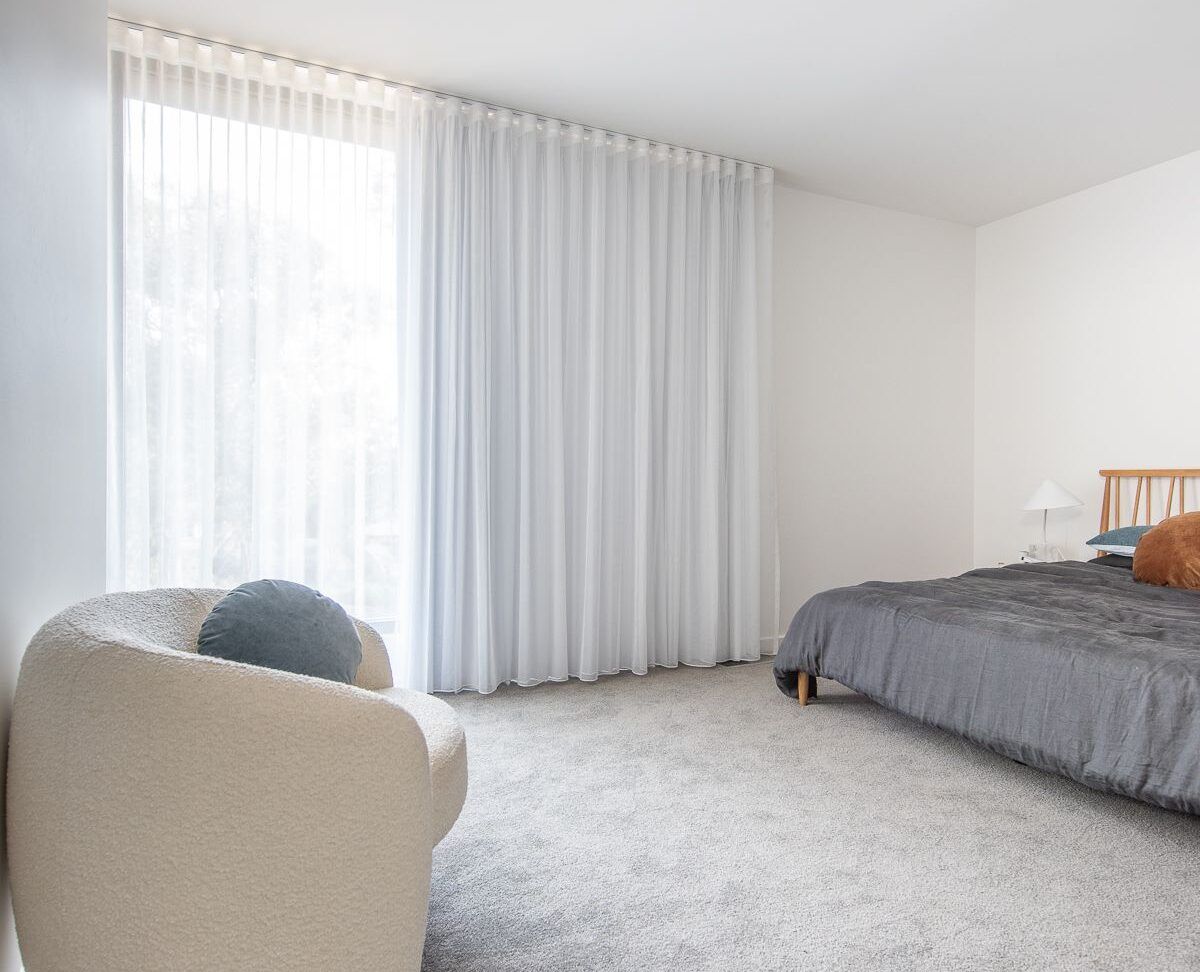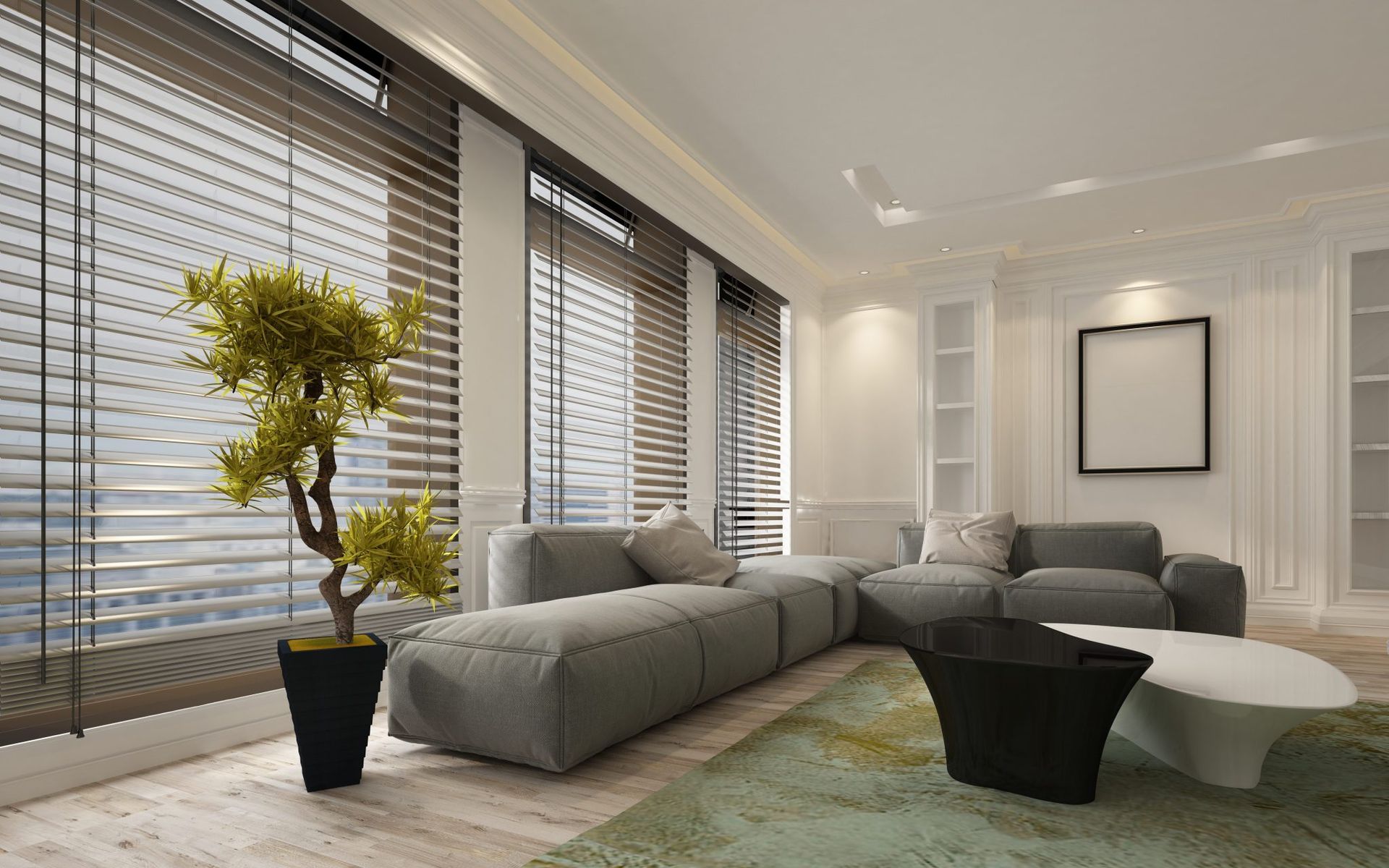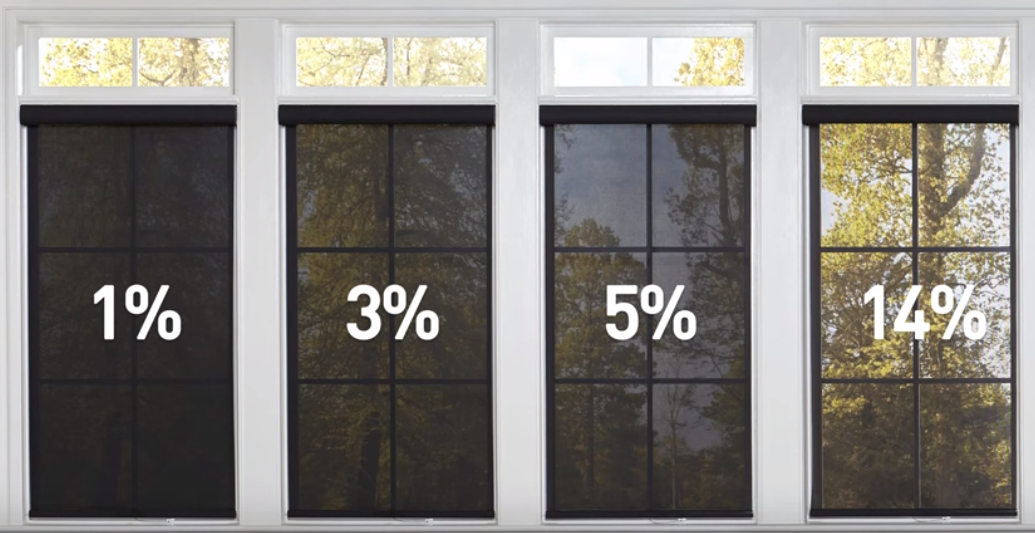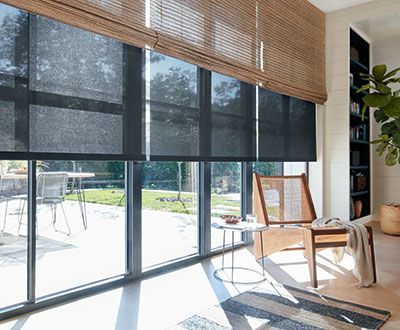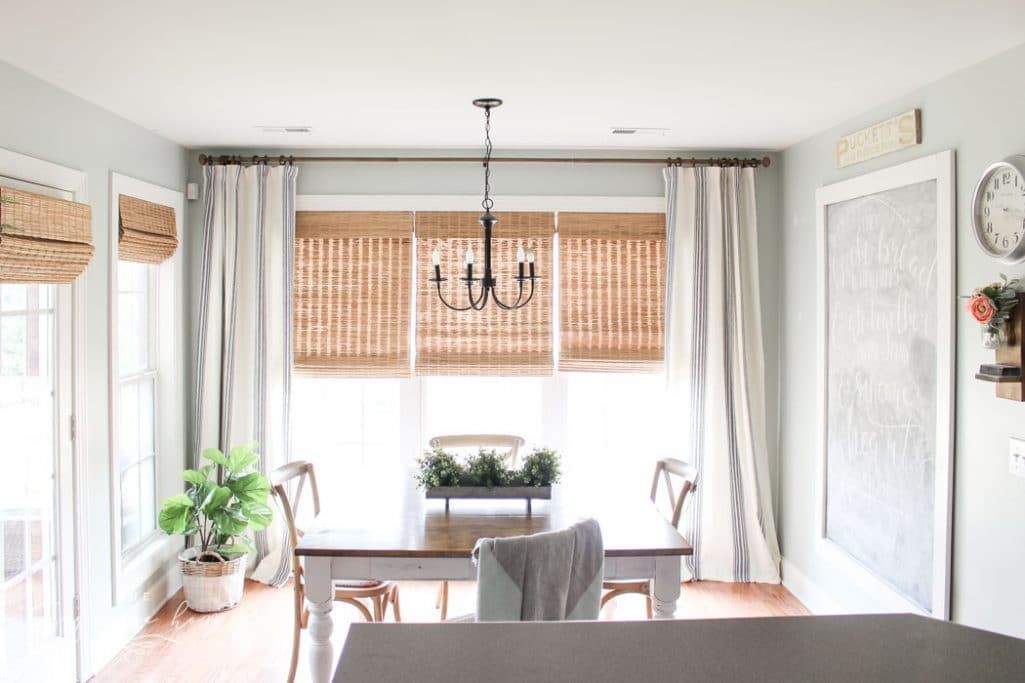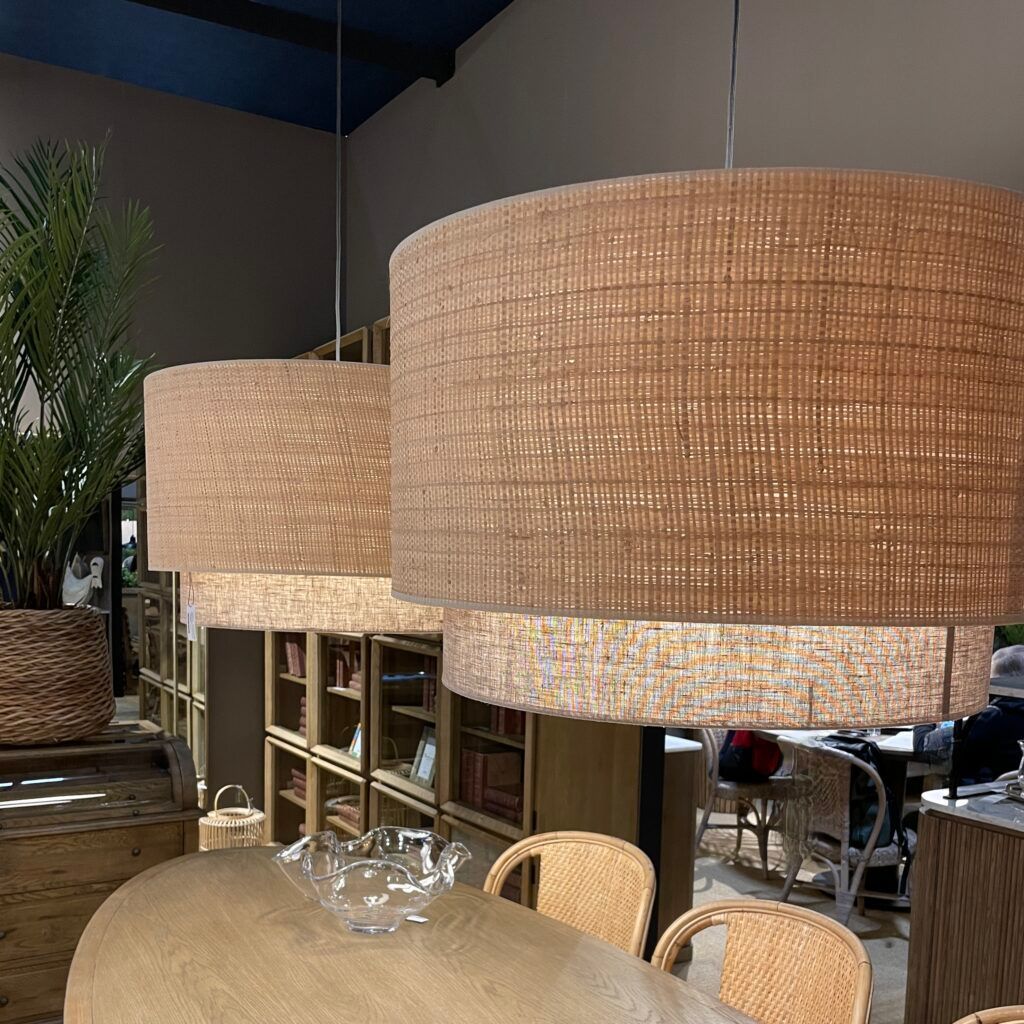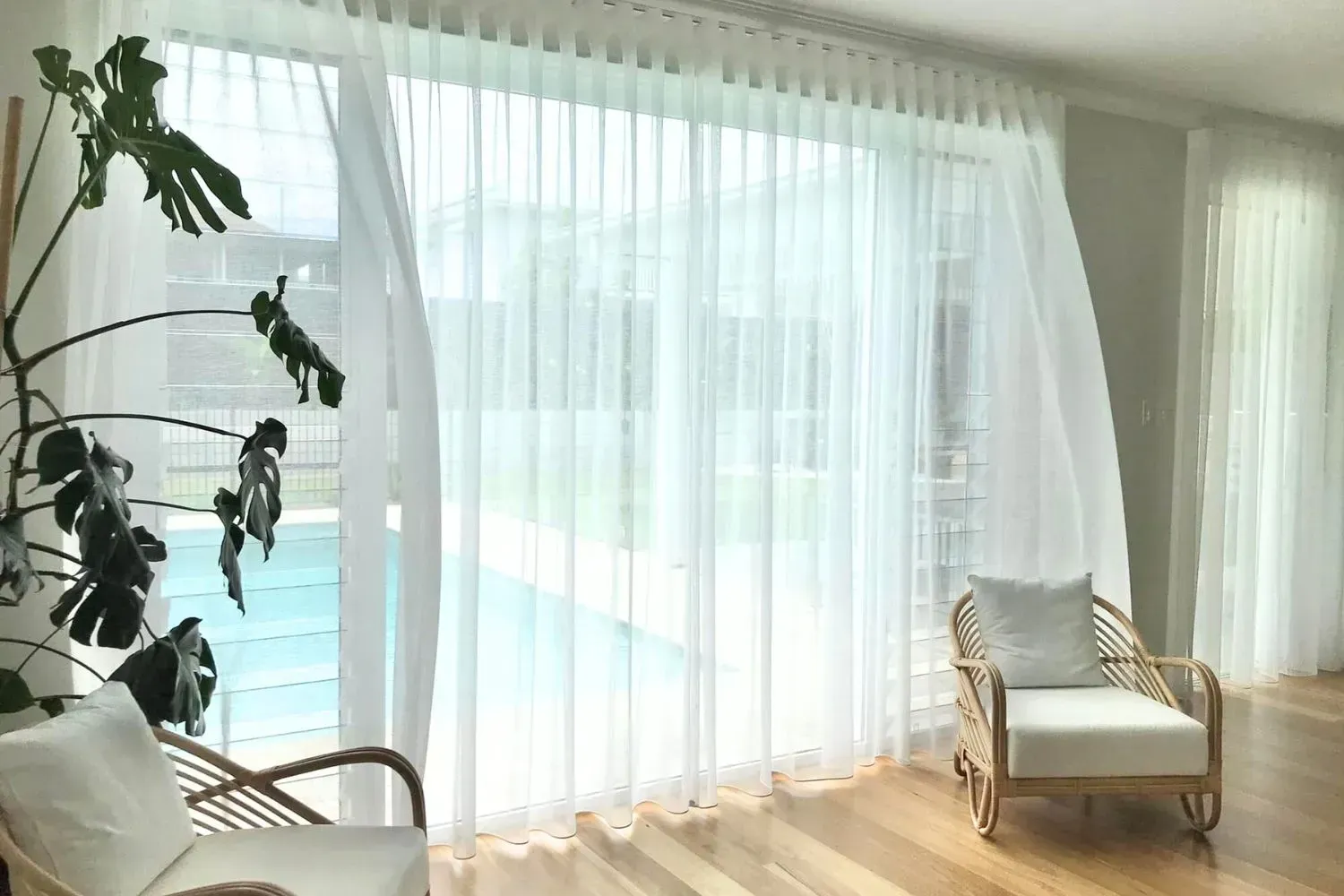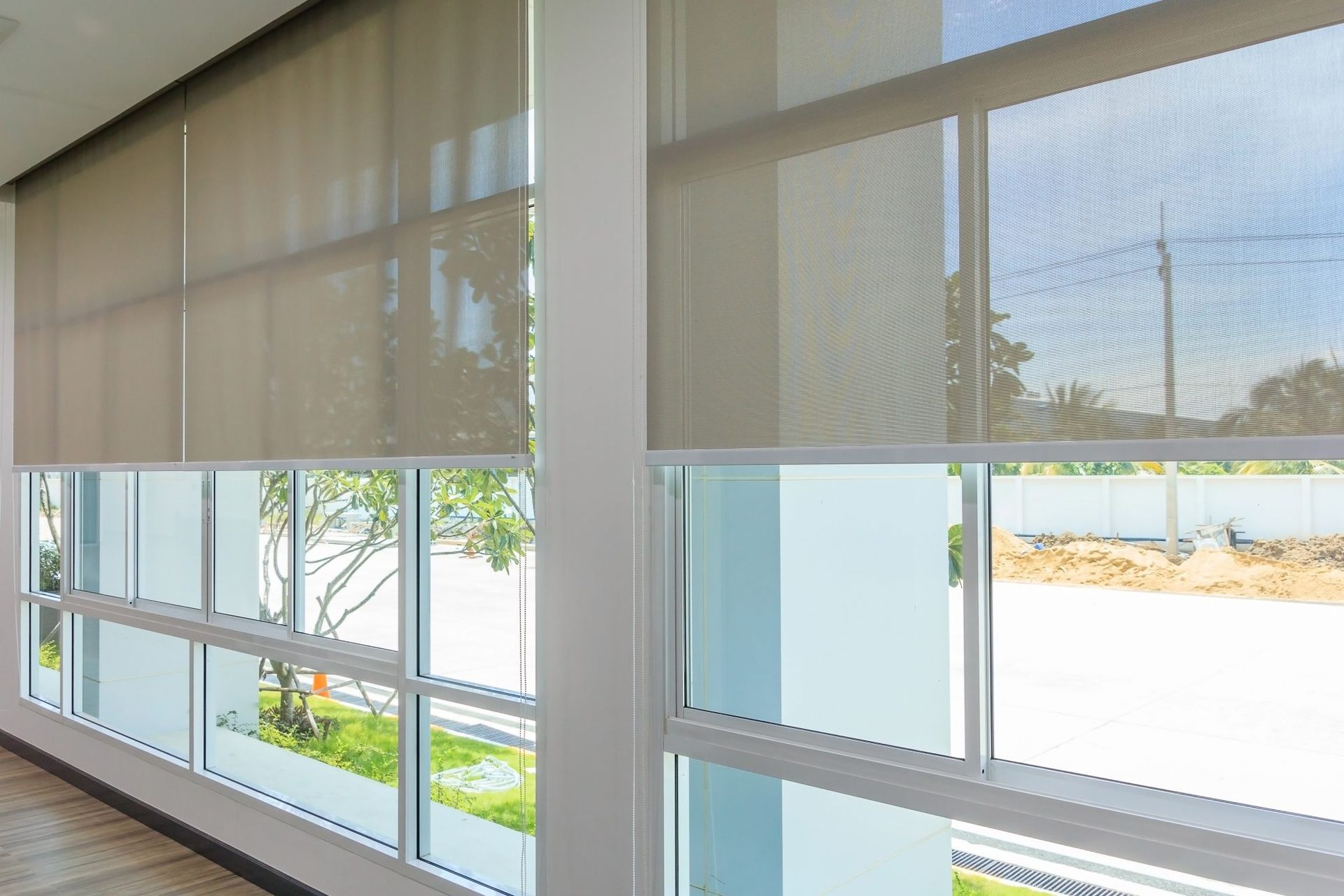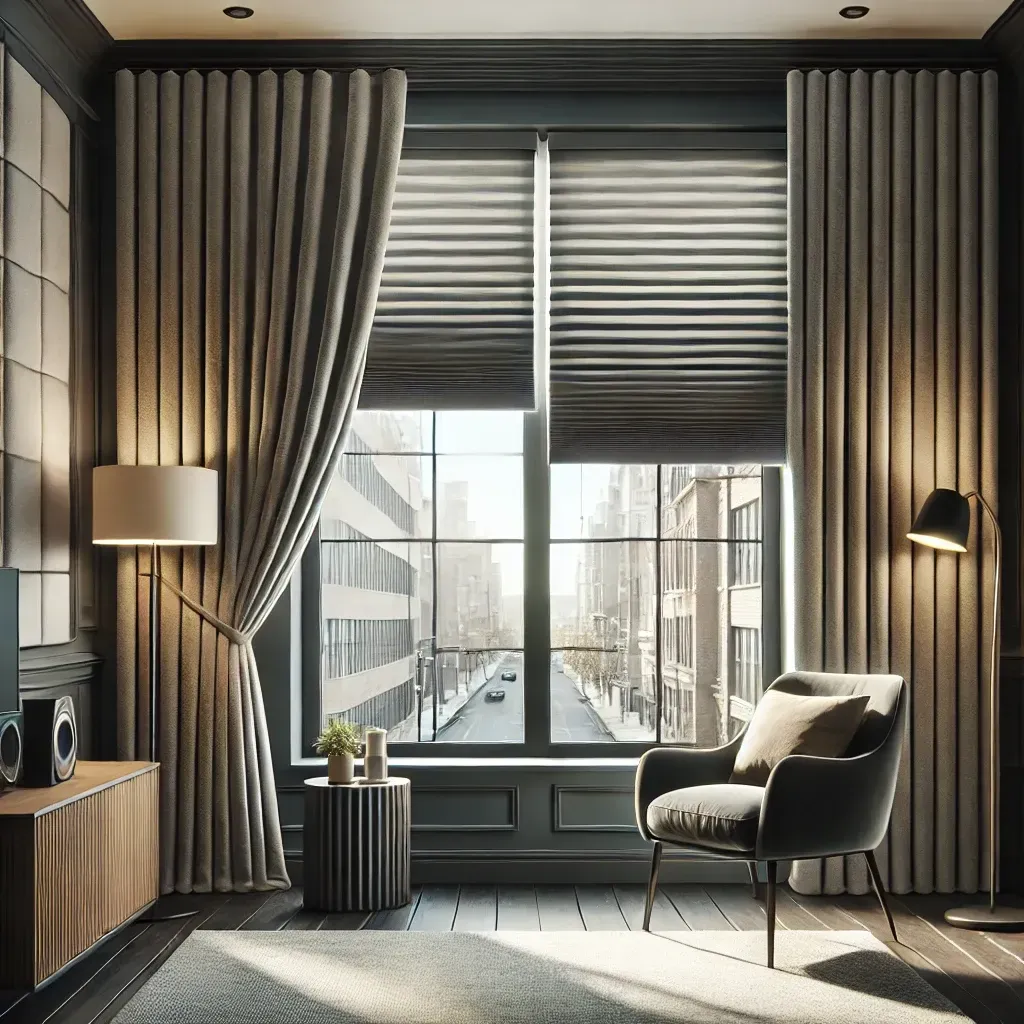How to Tie a Curtain Panel Like a Roman Shade
If you're looking for an easy way to achieve the look of a Roman shade without sewing or drilling, simply tying a curtain panel can give you the same elegant, tailored effect. All you need are curtain panels, ties, or clips, and a bit of creativity to achieve a functional and stylish window treatment.
At Love Is Blinds KY, we know that window treatments can transform the look of any space, and this simple DIY solution is perfect for renters, budget-conscious decorators, or anyone who wants a quick and easy upgrade. Let’s dive into the methods that will help you achieve a Roman shade look with your existing curtain panels.
Materials Needed
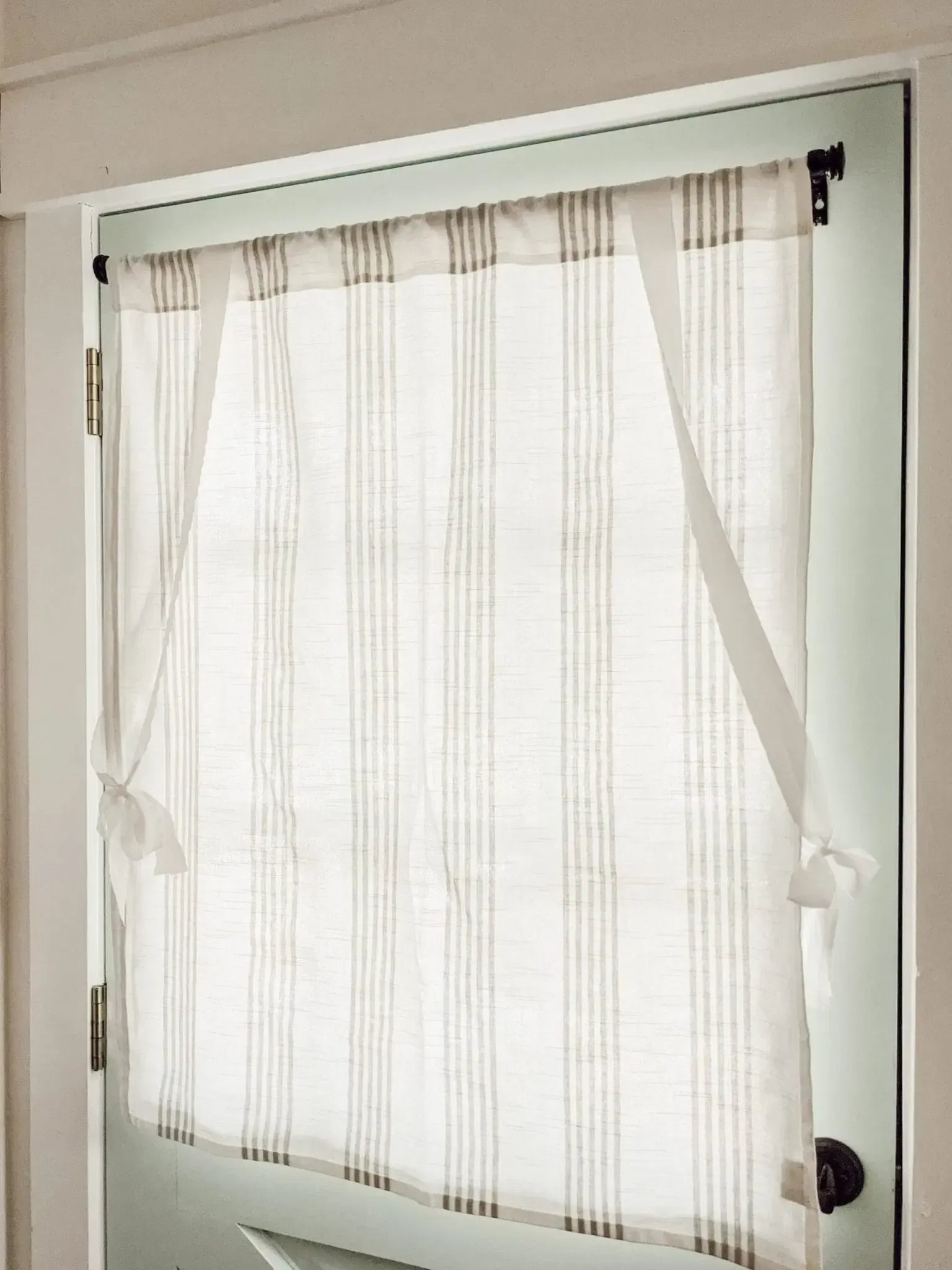
Before starting, gather the following materials:
- Curtain panel (preferably a lightweight or medium-weight fabric)
- Curtain rod or tension rod
- Ribbon, fabric ties, or clip rings
- Measuring tape
- Iron (optional, for a polished look)
- Fabric glue (optional, for securing pleats)
Method 1: No-Sew Roman Shade Using Mini-Blinds
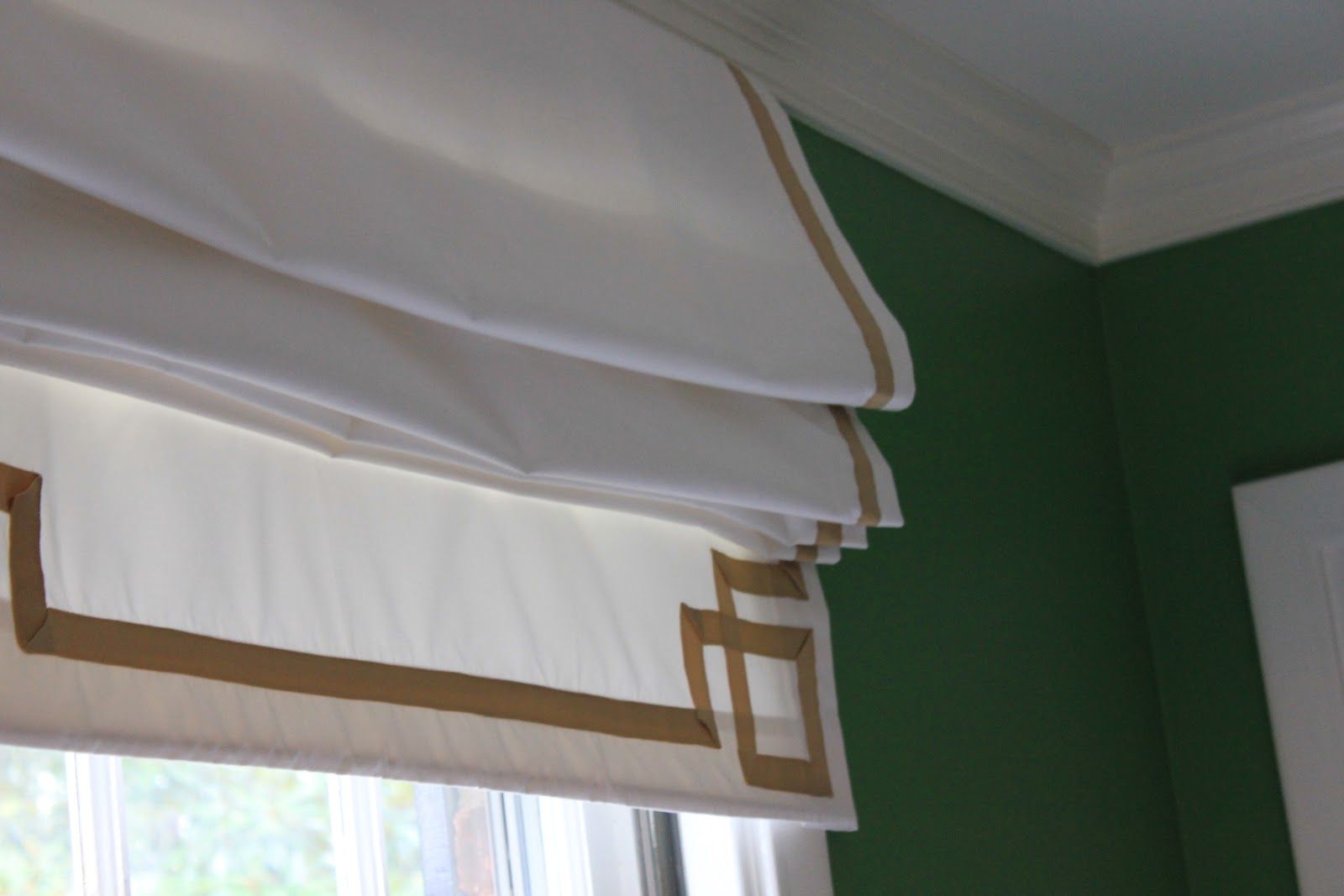
If you want a structured Roman shade look with operability, you can repurpose old mini-blinds. Here’s how:
Step 1: Remove the Slats
Take an old mini-blind and remove most of the slats, leaving only a few to create the pleats.
Step 2: Attach the Curtain Panel
Use fabric glue or strong adhesive to attach the curtain panel to the remaining slats, ensuring even spacing.
Step 3: Adjust and Hang
Once dry, hang your modified mini-blind back on the window. The fabric will now fold neatly as you raise and lower it.
This method gives you a structured Roman shade look without sewing.
Method 2: Tying a Curtain Panel Like a Roman Shade (No Mini-Blinds Needed)
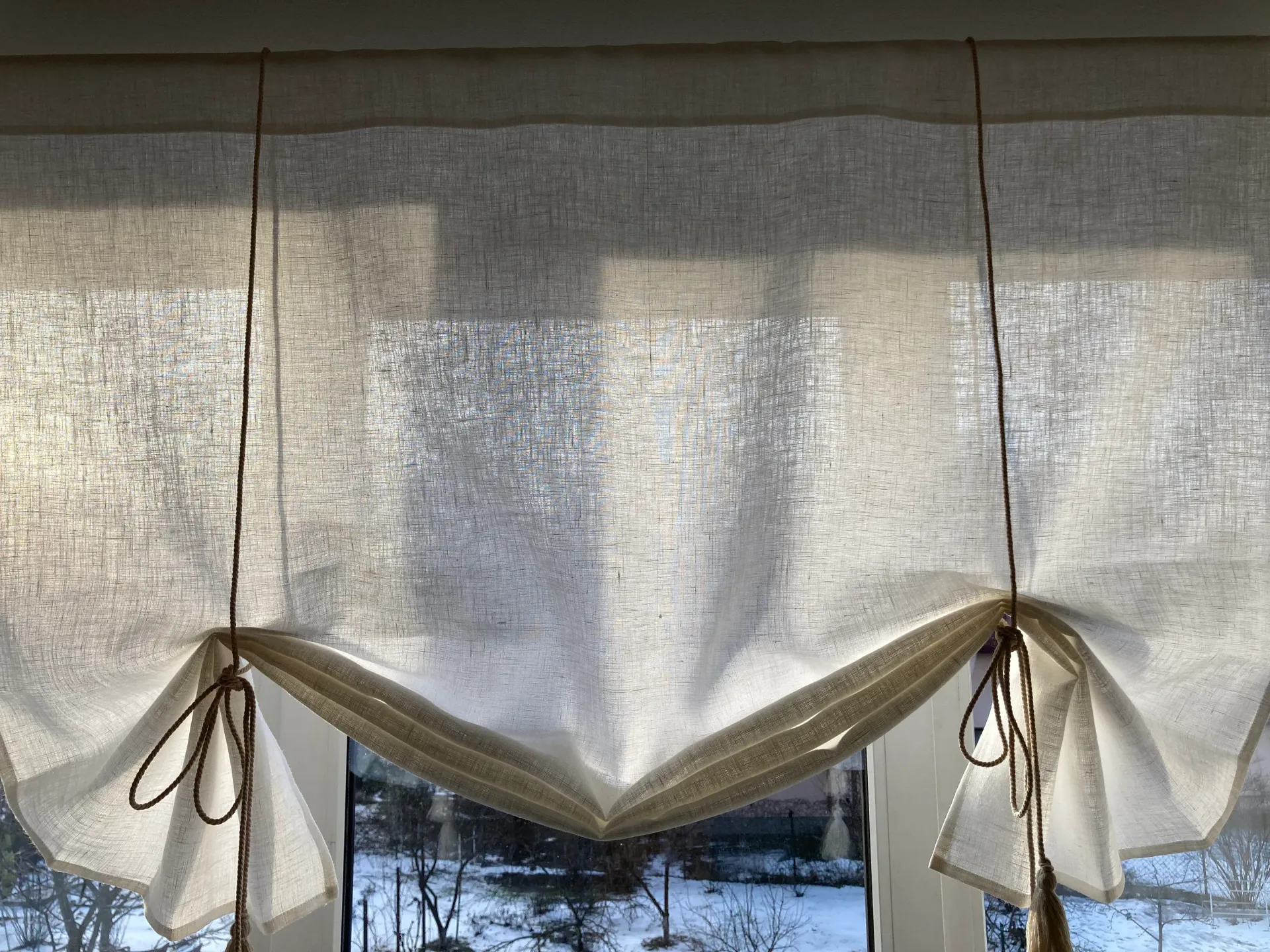
If you want a quick and no-drill option, you can tie your curtain panel to create the illusion of a Roman shade. Here’s how:
Step 1: Hang Your Curtain Panel
Start by hanging your curtain panel on a tension rod or a standard curtain rod. Make sure it extends slightly beyond the window frame for full coverage.
Step 2: Gather and Tie Sections
Using ribbons, fabric ties, or even decorative rope, gather sections of the curtain at equal distances and tie them securely. For a more structured look, tie them at one-third or halfway up the panel.
Step 3: Adjust for Even Folds
After tying, gently pull the fabric between the ties to create soft, cascading folds. This mimics the pleats of a Roman shade.
Step 4: Secure the Look
If needed, use fabric glue or safety pins at the back to maintain the pleats.
This method is perfect for those who want a stylish window treatment without making permanent modifications.
Method 3: Sewing a Curtain Panel into a Functional Roman Shade
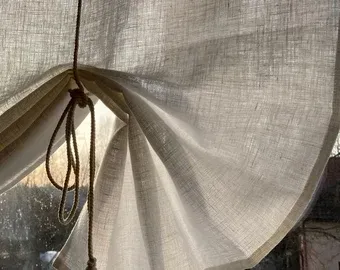
For a more permanent and polished look, sewing your curtain panel into a Roman shade is the best option.
Step 1: Measure and Cut Fabric
Measure your window and cut the curtain panel to the desired length, leaving an extra inch for seams.
Step 2: Sew the Pleats
Using a sewing machine, create horizontal seams at regular intervals to form the folds.
Step 3: Insert Dowels for Structure
For a professional touch, insert wooden dowels into the seams to keep the folds crisp.
Step 4: Attach Rings and a Cord System
Sew small rings at the back and thread a cord through them to allow the shade to be raised and lowered.
Step 5: Hang Your Shade
Install it using a tension rod or brackets for a polished, custom look.
This method is best for those who want a long-term solution that mimics high-end Roman shades.
Customization & Styling Tips
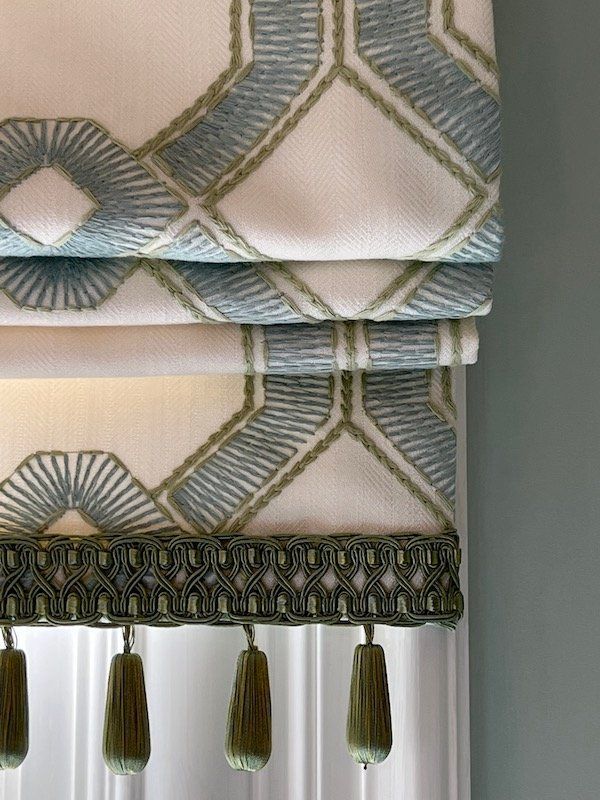
Best Fabric Choices
- Linen: Offers a relaxed, airy look, making it a great choice for achieving Perfect Window Shades effortlessly.
- Blackout Fabric: Ideal for privacy and blocking sunlight.
- Cotton Blend: Provides a balance between structure and softness.
Adding a Decorative Touch
- Use patterned fabric or trims for added style.
- Try different tie styles, such as bows, knots, or fabric loops.
- Layer sheer curtains for a soft, layered effect.
Common Mistakes to Avoid
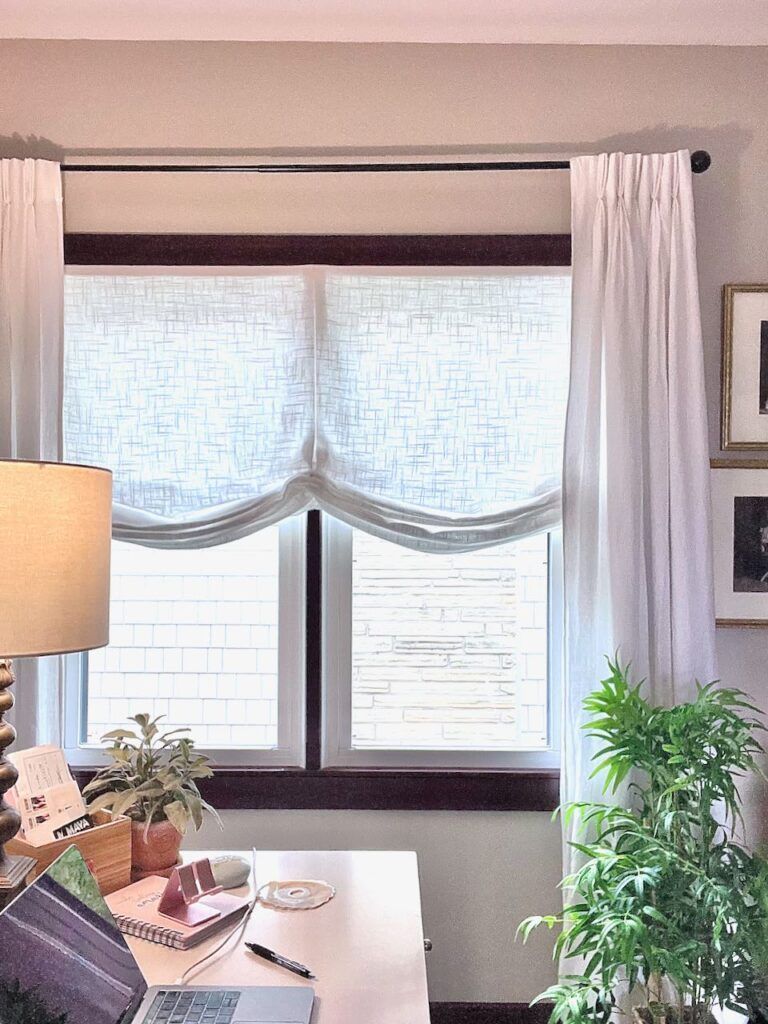
1. Uneven Pleats
Solution: Use measuring tape to ensure consistency when tying or sewing the folds.
2. Choosing the Wrong Fabric
Solution: Opt for medium-weight fabric that holds its shape well without being too stiff.
3. Loose Ties that Unravel
Solution: Secure knots tightly or use clip rings for an adjustable alternative.
Maintenance & Care Guide
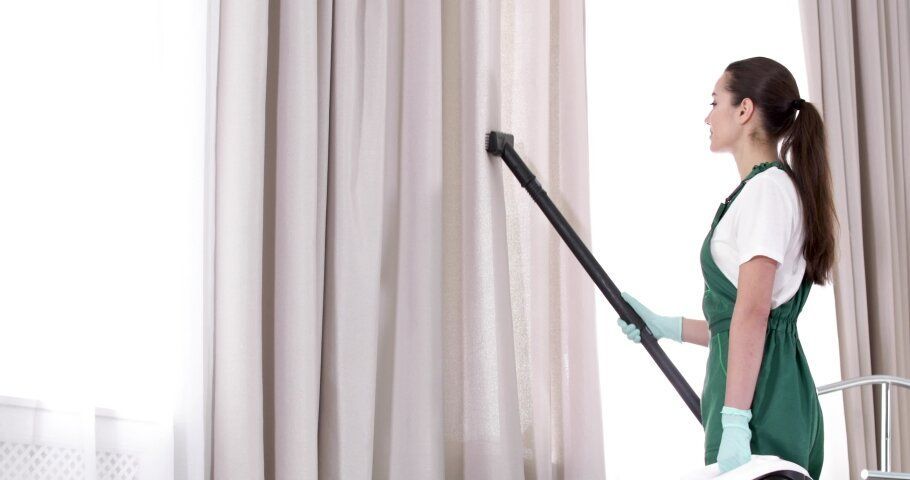
To keep your DIY Roman shade looking fresh:
- Regular Dusting: Use a duster or vacuum brush attachment.
- Spot Cleaning: Use a damp cloth with mild detergent for stains.
- Washing Instructions: If fabric allows, hand wash or machine wash on a delicate cycle.
- Re-Ironing Pleats: If folds start to lose their shape, iron them back into place.
Conclusion
Turning a curtain panel into a Roman shade is an easy and stylish way to upgrade your window treatments without spending a fortune. Whether you opt for a no-sew method, use mini-blinds, or sew a permanent shade, you can achieve a polished, custom look that enhances any space.
At Love Is Blinds KY, we believe that great window treatments should be both functional and beautiful. Try out these methods and let us know how they worked for you! Have any questions or DIY successes to share? Drop a comment below or tag us on social media!

